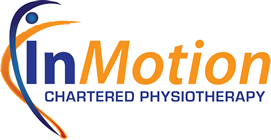Physical activity can be difficult and time consuming, so is a tax return. We do our return because we dread the thought of the ‘tax man’ catching us. Like a tax return physical activity can be made easier with the right advice, a trained health professional can establish effective programs and focus motivation.
The Global Advocacy for Physical Activity (GAPA) and the Advocacy Council of the International Society for Physical Activity and Health (ISPAH)* published an article looking at the seven best investments governments can make to increase the level of physical activity of its people. These were:
- Whole school programs- this is aimed at getting all students to engage in both structured and unstructured physical activity throughout the day. This engages students in developing knowledge, skills and habits for a life long healthy and active lifestyle.
- Transport Systems and Policies that prioritise walking, cycling and public transport.
- Urban design regulations and infrastructure that provides for equitable and safe access for recreational physical activity, and recreational and transport-related walking and cycling across the life course.
- Physical activity and NCD prevention integrated into primary health care systems
- Public education, including mass media to raise awareness and change social norms on physical activity.
- Community-wide programs involving multiple settings and sectors and that mobilize and integrate community engagement and resources
- Sports systems and programs that promote ‘sport for all’ and
- encourage participation across the life span.
When reading through the list it’s easy to think these points are all initiatives the government should be starting. Another way of looking at it is these are the things we should be asking for of our leaders. Attitude change has to start with the people, never forget we elect our leaders.
http://bjsm.bmj.com/content/46/10/709.full



